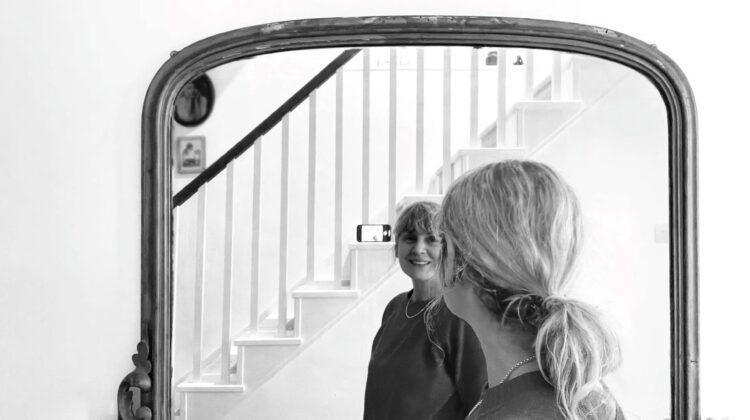
In this month’s column, Suffolk-based artist, educator and presenter Grace Adam looks at how doors have been depicted in art
Doors are a gift to writers and artists. They might suggest opportunities, choice, progress or access. Alternatively, they can threaten confinement, boundaries or imprisonment. Doors can hint at secrets, thresholds, transitions, even metamorphosis. Think back to the wardrobe and that hidden entrance to Narnia. Think of moving from one place to another; from one state to another.
Kay Sage – Third Paragraph, 1953

If you’re trying to figure out the title of this work, don’t bother. Surrealist painter Kay Sage employed enigmatic titles like her hero De Chirico and her husband Yves Tanguy.
Born in Albany, New York in 1898 Katherine Linn Sage moved to Paris becoming a Surrealist after divorcing her first husband, an Italian Prince.
Ruing the privileged and idle life she had led with him – ten years she simply ‘threw away to the crows. No reason, no purpose, nothing’ – a new life as an artist offered challenge and fulfilment.
Distant horizons and odd cloth-like architecture populate her images. This painting offers us structures that look like doors but lead us nowhere. Phthalo green, Sap green and Emerald green slabs sit in a disquieting space. Is it inside or outside? Defined by sharpened vertical, horizontal and diagonal poles casting shadows, Sage’s painting offers no escape, only an uncanny claustrophobic place.
Félix Vallotton – Woman searching through a cupboard, 1901

Look at all that linen. Red stripes and neat orderly piles, and then there’s the woman, crouching down low in silhouette. What is she up to? I ask what she is up to rather than what she is doing because there’s an air of secrecy about all this. Is she the maid or the mistress of the house?
Placing her oil lamp on the floor, she’s propped up on the fingertips of one hand. The two huge partially opened doors of the linen cupboard frame her. What drama! Her other hand is perhaps pulling something out from the box. It feels clandestine. Vallotton used a Kodak ‘Bullet’ camera in preparation for his paintings, so this interior is probably based on a real Parisian home.
A keen observer of private moments, during the 1890s he was the flavour of the moment – producing sharp satirical illustrations of the bourgeoisie. His marriage to the wealthy widow Gabrielle Rodrigues-Henriques turned him from poacher to gamekeeper. He was now part of the bourgeoisie he had once derided.
Hailing from Lausanne, Vallotton built his career as a painter, illustrator and woodcut artist in Paris arriving there at just 16. He hung around on the periphery of the Nabis Group which included Vuillard and Bonnard and formed a sort of segue between academic painting and Modernism.
The word Nabis derived from the Hebrew word for prophet, and they were to be ‘prophets of modern art’. Interestingly, one of the reasons for the group disbanding was Vallotton’s strong support for Alfred Dreyfus, the French artillery officer of Jewish descent who was falsely accused and imprisoned for treason.
The doors in these two paintings function very differently. The tall doors on a mundane linen cupboard reveal clues, but not the secret itself. The tall strange Surrealist doors keep us from entering that other world, but offer a hint of the uncanny beyond.
Visit graceadam.com. Watch the latest review: Marina Abramović at the Royal Academy of Arts on The Art Channel









It is wonderful to find out about artists that I hadn’t previously been aware of. Love the way in which you bring these pairings to life.
Thank you for the introduction to unknown artists and these intriguing paintings! I’ll be thinking about doors very differently!